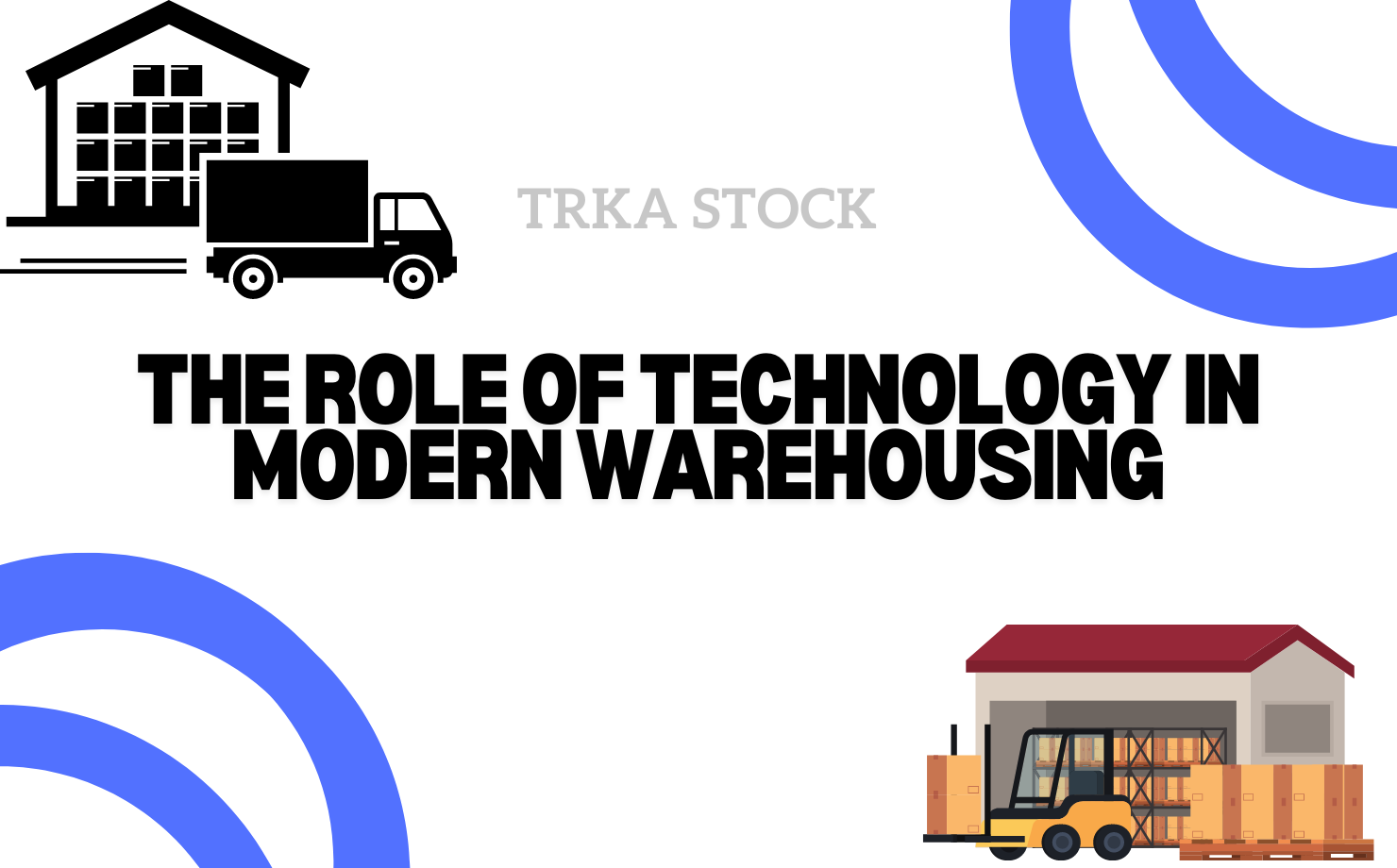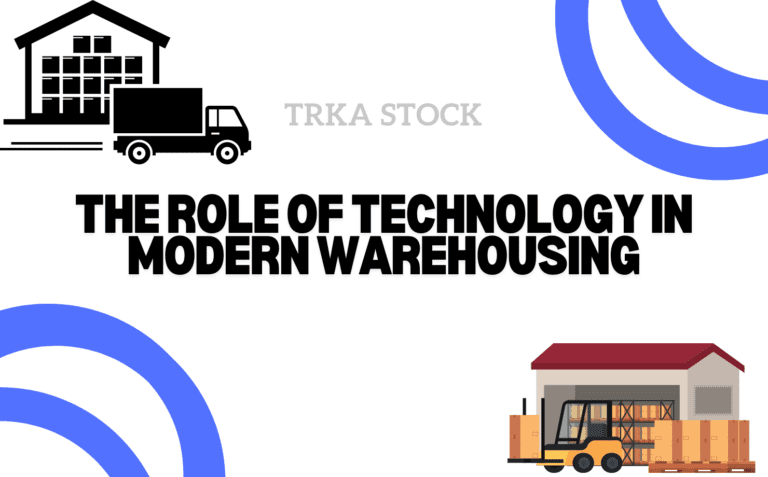Efficiency Redefined: The Benefits of Technology Integration in Warehousing
Table on Warehousing
| Section | Key Points |
|---|---|
| Introduction to Warehouse Efficiency | – Essential for operational success. – Optimizing space and inventory management. – Technology solutions enhance automation and efficiency. |
| The Role of Technology in Warehousing | – Automation and robotics reduce errors and speed up processes. – Inventory management software enhances accuracy. |
| Key Technologies Transforming Warehousing | – RPA: Increases productivity by reducing human error. – WMS: Streamlines operations with sophisticated software. – IoT & AI: Enhances decision-making and supply chain management. |
| Benefits of Technological Integration | – Increases efficiency and real-time tracking. – Improves decision-making and reduces human error. – Leads to cost savings and better service delivery. |
| Challenges & Solutions in Tech Adoption | – High initial costs and training requirements. – Phased implementation for smoother transitions. – Ongoing training for effective tech use. |
| Future Trends in Warehouse Technology | – Drone Deliveries: Revolutionizing last-mile logistics. – Augmented Reality: Enhancing training and onboarding. – Blockchain: Ensuring supply chain transparency. |
| Conclusion | – Tech is crucial for modern warehouses. – Adopting the right technologies ensures a competitive edge and streamlined operations. |
Introduction to Warehouse Efficiency
Warehouse efficiency is essential for operational success. This efficiency can be achieved through various approaches, including optimizing space, improving inventory management, and integrating technology solutions that automate processes. Technologies like those on https://warehousingit.com/ help significantly improve warehousing functions to keep up with the fast-paced logistics industry. Warehouses often serve as the backbone of supply chains, making their efficiency crucial for timely deliveries and cost reductions. The automation tools and technologies available within platforms serve as game-changers, helping streamline complex warehousing tasks and ensuring smooth operations under pressure.
The Role of Technology in Modern Warehousing
Innovations such as automated systems, robotics, and sophisticated inventory management software have collectively led to more seamless warehouse operations. These advancements have allowed warehouses to enhance accuracy and efficiency, significantly reducing manual errors and speeding up processes. Adopting cutting-edge technologies ensures that warehouses can handle larger volumes without compromising accuracy or timeliness. It is essential in today’s highly competitive market, where customer expectations for quick deliveries are higher than ever. Technology integration ensures that warehouses can meet these demands while maintaining operational excellence.

Key Technologies Transforming Warehousing
- Robotic Process Automation (RPA): Often used for repetitive tasks, RPA improves speed and reduces human error, thereby increasing overall productivity.
- Warehouse Management Systems (WMS): These sophisticated software solutions manage inventory and streamline various warehouse operations, ensuring everything runs smoothly.
- Internet of Things (IoT): IoT devices offer immediate data and informative analysis to improve decision-making, increasing operational clarity.
- Artificial Intelligence (AI): AI-driven analytics help predict demand and optimize supply chain processes, making inventory management more efficient and accurate.
Benefits of Technological Integration in Warehouses
Integrating technology into warehousing brings numerous benefits that significantly improve operations. These advantages include increased operational efficiency, real-time inventory tracking, and enhanced decision-making capabilities. Warehouses employing advanced technologies have reported up to a 25% increase in productivity, showcasing the immense potential of technological integration.
Moreover, such integrations facilitate better resource management and reduce the likelihood of human error. It translates to cost savings and improved service delivery, which is essential for maintaining a competitive edge. Technology helps warehouses manage resources more effectively, ensuring they can scale operations seamlessly as demand increases.
Challenges and Solutions in Implementing Technology
While technological integration offers significant advantages, it also presents challenges such as high initial costs, training requirements, and resistance to change. One of the primary obstacles is the substantial investment needed for cutting-edge technology and infrastructure. However, demonstrating the long-term ROI can help justify these costs. Solutions to overcome these challenges include phased implementation, where technology is integrated gradually, making the transition smoother. Additionally, ongoing training programs can help employees adapt to new systems, ensuring efficient and effective use of the technology. Lastly, highlighting the long-term benefits and showcasing successful case studies can help gain buy-in from stakeholders more readily.

Future Trends in Warehouse Technology
The future of warehouse technology looks promising with trends like drone deliveries, augmented reality for training, and blockchain for enhanced transparency in supply chains. Drone deliveries can revolutionize last-mile logistics, offering faster and more efficient delivery solutions. Additionally, augmented reality can be used for onboarding and training warehouse staff, offering an interactive and immersive learning experience. Blockchain technology can further enhance transparency and security in supply chains, ensuring accountability and traceability for each item.
Conclusion
Technological advancements in warehousing are no longer a luxury but a necessity. By understanding and adopting the right technologies, warehouses can ensure streamlined operations, enhanced productivity, and a competitive edge in the market. Embracing these innovations will be critical to sustained success as the industry evolves.

